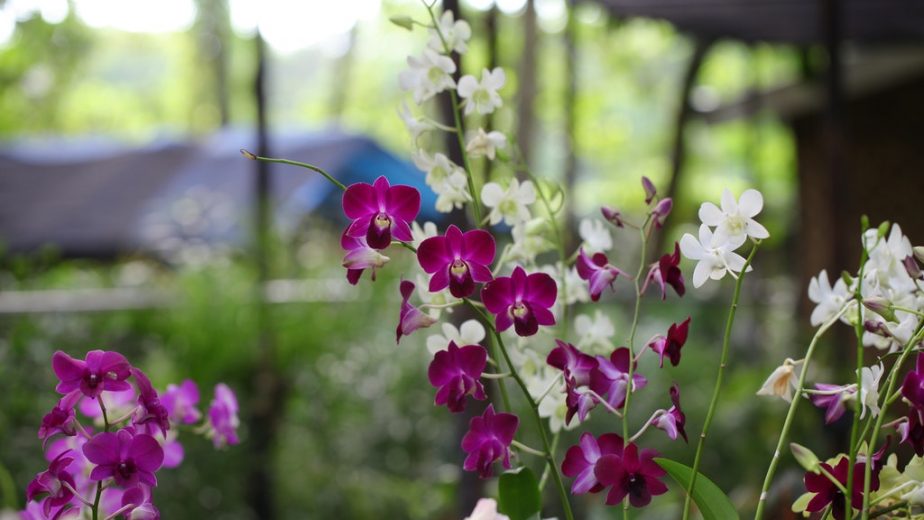Orchids are a well-loved flowering plant because of their delicate looking and vibrantly colored blooms. Some varieties grow well indoors and, depending on the climate; many can grow well outside, as well. They’re sometimes known as a finicky plant to grow, but this doesn’t have to be the case. An orchid that is taken care of properly can be healthy and produce beautiful blooms year after year. If you’re new to growing orchids, you might want some advice, so here are five of the most important things to know about growing an orchid that people who are new to growing them should know.
1. Watering
One of the biggest keys to success with orchids is maintaining the proper watering levels. If you water too much or too little, that’s when orchid death occurs. The amount and how often you water an orchid plant depends on the size of the container and the type of soil. A growing medium that is topped with bark will dry out slightly faster than one that is topped with moss, but a general rule of thumb is to water it every five to seven days. Also, a trick to avoid over or under watering is to place two ice cubes in the container to ensure that you are adding the right amount.
2. Feeding
You need to ensure that your orchid always has certain nutrients at its roots. Nutrients such as Phosphorus, Nitrogen, and Potassium are essential for a healthy orchid that continually blooms. If you’ve just bought an orchid in a pot, the soil that it came in will already have these nutrients. However, if you are re-potting, or if your orchid has been in the same soil for several months, it might be time to add some food. If it’s not time to re-pot it, you can add orchid food, but if it is time to re-pot, then you can also change the soil.
3. Re-Potting
An important thing to remember about re-potting orchids is that if you choose to go with a larger pot, the plant will focus on growing a stronger root system which means that you won’t see the new foliage. It’s okay for an orchid to be a little tight in its pot. But they should be re-potted every year and a half to two years so that they are getting new nutrients. Always select a pot with adequate drainage, as well.
4. Light
Orchids need some light, but not too much. If the leaves are yellow or red, it’s likely getting too much light. If they are dark green, it isn’t getting enough. Too much light will burn the orchid, but too little light means that it will not bloom. Monitor your orchid, and move it according to what you’re noticing in its coloring.
5. Humidity
Orchids do best in conditions of about 50 to 70 percent humidity. If your home is on the dry side, you can either run a humidifier near the orchid, or you can also place a tray with water and pebbles around the orchid. Just don’t over water the roots.
Orchids are a beautiful plant that is possible to grow, even by a novice. They have particular tastes, but once you understand their preferences, you’ll have much more success.

